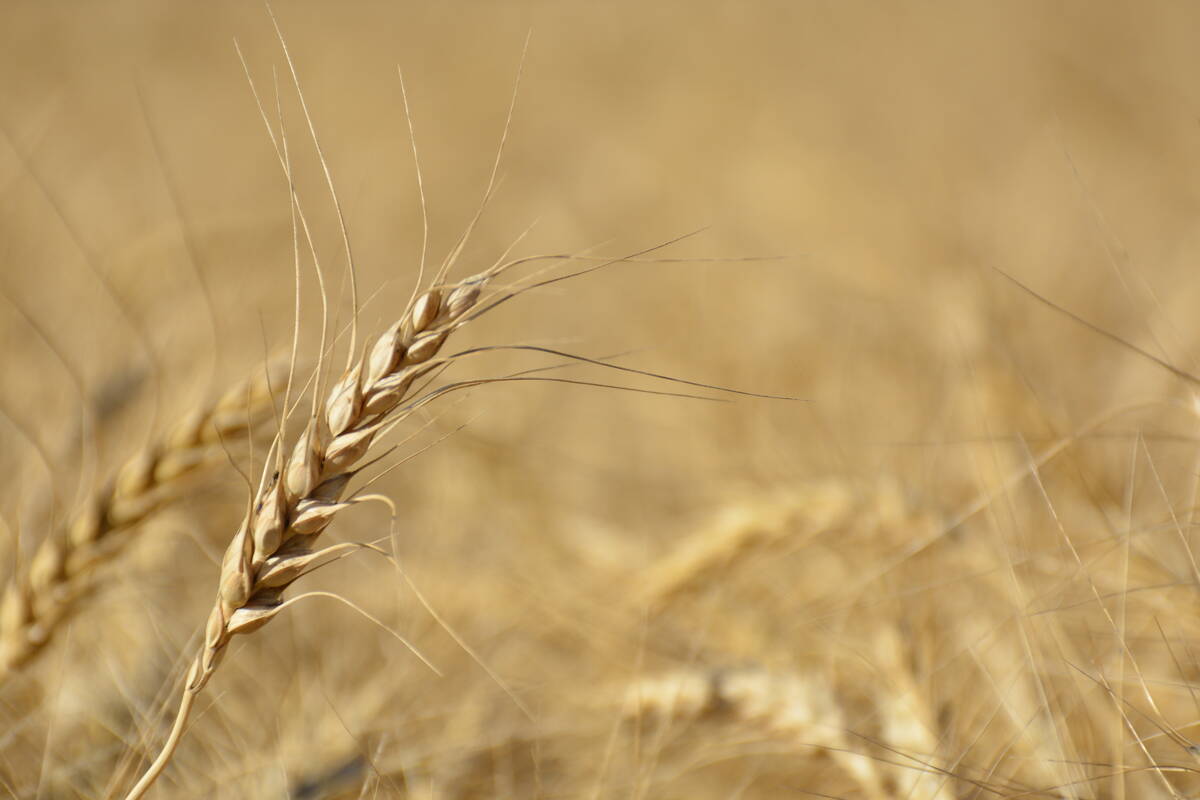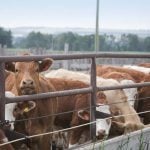This cattle market information is selected from the weekly report from Canfax, a division of the Canadian Cattlemen’s Association. More market information, analysis and statistics are available by becoming a Canfax subscriber by calling 403-275-5110 or at www.canfax.ca.
Fed cattle strong
The market ended on a high note with prices the strongest since early June and $6 per hundredweight higher than last year.
The Canfax steer average to Dec. 22 was $160.86 per cwt., up $6 from the previous week, while heifers were $160.27, up $4.73.
Read Also

USDA’s August corn yield estimates are bearish
The yield estimates for wheat and soybeans were neutral to bullish, but these were largely a sideshow when compared with corn.
Volume was light because feedlots had sold out of market-ready animals until the new year. One Alberta packer needed cattle and bid aggressively on the few animals on offer.
The Alberta to Nebraska cash-to-cash basis was +$8.05, the strongest since April 2016. That compared to an Ontario to Nebraska basis of -$13.83.
The relatively weak Ontario market means more eastern cattle are exported south for slaughter.
The Dec. 1 Canadian cattle-on-feed report showed placements were up 29 percent over last year, but in a longer time frame, the placements were not onerous.
Yearling prices struggled last year, and many were backgrounded. This year, those cattle are going into the regular feeding pipeline.
In the U.S. Plains, cattle traded from US$119-$120 per cwt. up $1-$2.
Cows rise
D1, D2 cows ranged C$84-$98 to average $90.80 per cwt., up $1.50. D3 cows ranged $70-$89 to average $79.08. Rail grade cows were $177-$182, up about $5. Slaughter bulls were $97.31, up 92 cents.
Packers stocked up ahead of auction mart Christmas closures.
Slaughter topped 10,000 head for the third week. Cows were $2.25 per cwt. lower than a year ago, even with the recent rally.
Feeders quiet
Calf prices were generally steady. There were only a few heavy steers, while some better quality open heifers supported that part of the market. In Alberta, 645,000 head traded in October and November, which was the most for the two months since 2005.
Calf prices were under some pressure following an unusual second half high in October. Prices were still about $30 per cwt. higher than last year, but $20 lower than 2015.
In the new year, offerings are expected to be light, but demand should also be restricted because feedlots are mostly full.
The Chicago cattle futures market has weakened and the U.S. cash market could be pressured because of the growing feeder supply and dry pastures.
Bred market
There was weak demand for a moderate run of bred animals, and prices were down C$200-$250 per head from the previous week.
Several sales were for herd reduction because some producers are worried about feed supplies over the winter.
Some older cows traded near slaughter prices. There was a significant premium for top quality cows and heifers. Some sellers passed on the bids offered on bred heifers.
Bred cows ranged $1,200-$2,600 per head, and bred heifers were $1,800-$2,500.
US beef mixed
The U.S. beef market was mixed because retailers have most of their Christmas and New Years needs met. However, prices might have rallied again at year end as packers scale back for the holidays and retailers rebuild inventory for January.
U.S. Choice to Dec. 21 was down $2.92 at US$198.12 per cwt., and Select was up $3.18 at $186.87.
Lower rib and loin cuts dragged down Choice. Canadian prices were not available.
The Canadian consumer price index for November showed beef prices were up $1.70 from October and up $1.9 percent from the previous year.
Pork was down 1.3 percent from October but steady with last year.
Chicken was up 0.6 percent from October and up five percent from last year.














